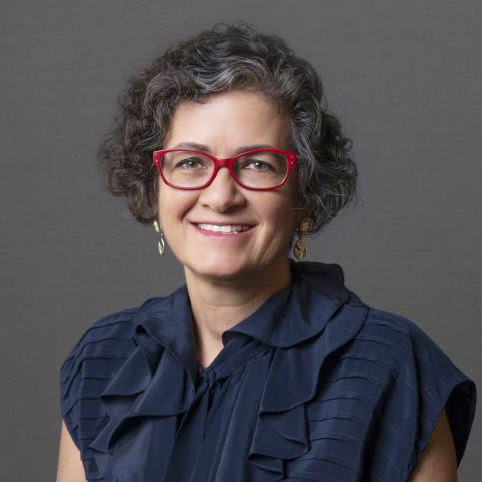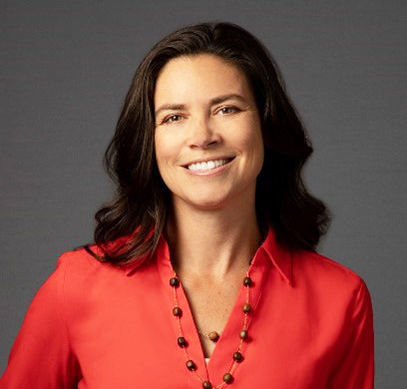 | 1 LU / HSW |
 | 1 LU / HSW |
Studies confirm healthy, high-performance environments can improve learning outcomes and student success, but what are the best strategies to produce results? The COVID-19 global pandemic has highlighted the importance and urgency of designing learning environments to promote and protect health. Discussion regarding the capacity of learning environments to improve student health has gained momentum in recent decades. Now, many ask, what makes a healthy or health-promoting school? What defines healthy? What strategies should we target and prioritize to design healthy environments? This session will define health, wellness, and healthy environments. It will also address the importance of healthy learning environments and suggest actionable design solutions to minimize disease transmission and promote health and well-being among students, staff, and administrators. Lastly, presenters will provide guidance on how to apply four priority research-informed foundations of healthy schools to project designs, highlighting strategies for – Indoor Air Quality & Ventilation, Daylighting & Views, Acoustics & Noise Reduction, and Energy-Efficiency. Specific design, operations and maintenance strategies will be discussed to ensure well-designed learning environments promote and protect the health and well-being of all occupants throughout the life of the space. For optimal results, it is important for designers and educators to consider how physical learning spaces impact young students’ mental well-being and physical health, especially their respiratory, nervous, endocrine, and cardiovascular systems. This session will explore existing research and focus on targeted design solutions that create real value, learning opportunities, and healthy, energy-efficient learning environments. More than four decades of research confirms that school buildings are foundational to students’ success, affecting their health, thinking and performance. Providing a healthy environment for students may be as important as curating the appropriate teaching curriculum. Research overwhelmingly supports the conclusion that a well-designed and well-maintained building supports students’ ability to learn as well as their ability to thrive.
Learning Objectives:

Kimari Phillips, Research Manager, leads the research arm of LPA’s research, education, and design initiative, conducting pre-design research and post-occupancy evaluations to inform design and help designers optimize human experience, health and wellness, and community impact of built/landscaped environments. For over 25 years, she has conducted applied social psychology and health promotion research using a social ecological framework. Kimari is a Fitwel Ambassador and WELL AP, certified in health education (CHES) and evidence-based design (EDAC).

Mariana has worked with educators around the world to plan and develop school facilities that empower students and reflect their communities. As a planner and designer, she fosters a collaborative, research-driven approach that make sustainability, equity and wellness a core part of the design process. Throughout her career, she has been a passionate advocate for linking design to educational goals, developing active outdoor learning spaces and making students the center of the design process.
https://www.linkedin.com/in/mariana-lavezzo-96999b114/

Andrea brings more than 15 years of planning experience on K-12 school campuses. An urban planner by degree and Educational Facility Planner by trade and certification, Andrea's approach maintains a holistic view of the bigger picture and draws the connection between a need and a solution. Andrea greatly enjoys the community outreach component of any planning effort, allowing those who live and breathe the facilities to be the true authors of the process. She has also taken joy in approaching the puzzle regarding equity within a community, using data analysis to inform the solution that successfully meets the district's goals.
The built and natural environments have profound impacts on our behaviors both for better and worse. How do we cultivate a sense of place for better? How might the built and natural environments be made to enhance teaching and learning? How might school buildings and grounds foster a sense of community by reflecting those they serve?
Primary Core Competency
Educational Facility Pre-Design Planning: Manages a master planning process that combines educational planning, facilities assessment and utilization, demographic research, capital planning and educational specifications with a community-based vision to establish a plan for learning environments. This includes the ability to translate existing or aspirational instructional models to specific programming and spatial relationships.